How Much Does A Fruit Canning Production Line Cost?
In today’s fast-changing food industry, fruit canning production lines have become an essential investment for manufacturers looking to preserve seasonal fruits, stabilize product quality, and expand global exports.
From tropical mango and pineapple to peaches, lychees, and mixed fruit cocktails, canned fruit continues to dominate the shelf-stable food segment in both developing and developed markets.
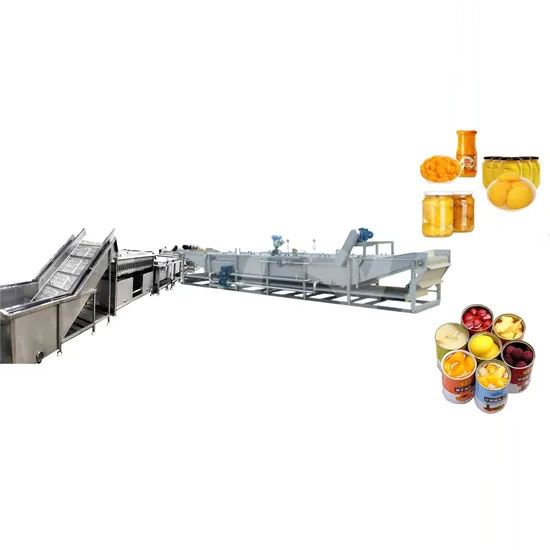
But for every investor or factory manager planning to enter this business, one crucial question arises:
👉 How much does a fruit canning production line actually cost?
The answer depends on several key factors — including production scale, automation level, packaging material, processing technology, and customization needs.
In this comprehensive guide, you’ll learn:
Detailed cost ranges from small to large-scale lines
Key machines and configurations that impact pricing
How automation and material selection affect ROI
Real-world case examples and energy-saving strategies
How to choose the right manufacturer for your project
Let’s dive into the details.
1️⃣ What Is a Fruit Canning Production Line?
A fruit canning production line is a set of integrated machines designed to transform fresh fruits into shelf-stable canned products through washing, preparation, filling, sealing, sterilization, and packaging.
The complete process generally includes:
Raw fruit reception and sorting
Fresh fruits are unloaded, washed, and inspected.
Sorting conveyors and optical graders ensure only high-quality fruits enter production.
Washing and peeling
Bubble washers remove surface dirt and residues.
Some lines use brush washers or high-pressure spray cleaning for sticky fruits.
Peeling can be manual or automatic (e.g., steam peeling or mechanical peeling).
Cutting and preparation
The fruit is sliced, diced, or halved according to recipe requirements.
Core removing and deseeding systems are used for mango, peach, or apple.
Syrup or juice preparation
Sugar syrup or natural juice is prepared in mixing tanks.
The syrup is heated and filtered before filling.
Filling and seaming
Fruit and syrup are filled automatically into sterilized cans or jars.
A vacuum seaming machine ensures perfect airtight sealing.
Sterilization and cooling
The cans go through retort sterilizers to eliminate bacteria.
Cooling tunnels reduce temperature rapidly to prevent overcooking.
Labeling, date coding, and packing
Automatic labelers apply product labels.
Cans are packed in cartons or shrink-wrapped for storage and shipment.
Every step can be customized depending on fruit type, packaging format, and production scale.
2️⃣ Price Overview: From Entry-Level to Industrial-Scale Lines
The cost of a fruit canning production line varies widely based on design and output capacity.
| Production Scale | Automation Level | Typical Capacity | Price Range (USD) |
|---|---|---|---|
| Small / Semi-Automatic | Manual + Semi-auto | 500–1,500 cans/hr | $30,000 – $80,000 |
| Medium / Automatic | Full automation (core sections) | 3,000–8,000 cans/hr | $80,000 – $250,000 |
| Large / Industrial | PLC + Turnkey system | 10,000–30,000 cans/hr | $250,000 – $1,000,000+ |
Each range corresponds to a distinct level of production capability and operational efficiency.
3️⃣ Entry-Level Semi-Automatic Line ($30,000–$80,000)
This is the most affordable setup — ideal for small producers, agricultural cooperatives, or pilot projects.
Typical Configuration:
Fruit washer
Manual inspection table
Manual cutting & peeling station
Semi-automatic filler
Manual or vacuum can sealer
Small batch retort
Manual labeling & packing table
Advantages:
Low initial investment
Simple structure, easy to maintain
Suitable for multiple fruit types
Flexible operation, minimal training required
Disadvantages:
High labor dependency
Limited capacity and efficiency
Inconsistent product quality for large batches
Typical Users:
Small agro-processing workshops
Family-owned canneries
Rural development projects funded by NGOs
These systems are often used to test new markets before scaling up to a fully automatic line.
4️⃣ Medium-Scale Automatic Line ($80,000–$250,000)
The mid-range automatic line is the most popular choice for professional canning factories that target stable domestic or regional markets.
Typical Configuration:
Fruit washing and sorting line
Peeling/cutting machines
Automatic syrup mixing and heating tank
Automatic filling machine
Vacuum seaming machine
Continuous or rotary retort sterilizer
Cooling conveyor and air-drying system
Semi-automatic labeling and case packing
Features:
Efficient production with reduced labor
Consistent product quality
Flexible for various can sizes (from 200ml to 1L)
Stainless steel 304 construction for food-grade hygiene
Capacity:
3,000–8,000 cans/hour
Advantages:
Ideal balance between cost and performance
Fast ROI (2–3 years)
Easier to upgrade later with modular components
5️⃣ Industrial Full-Automatic Line ($250,000–$1,000,000+)
For large food manufacturing plants, multinational companies, or OEM export operations, the full-automatic line delivers the highest throughput and reliability.
Main Components:
Automatic fruit washing & inspection system
Electronic weight grading line
Steam or mechanical peeling units
High-speed slicers/dicers
Fully automatic syrup preparation and filling system
Multi-head vacuum seaming machine
Continuous sterilization tunnel (steam or hot water)
Cooling & drying tunnel
Automatic labeling, date coding, and palletizing
Integrated PLC control and data recording
Automation Highlights:
Touch-screen HMI control
Real-time temperature and pressure monitoring
CIP (Clean-in-Place) system
Automated alarms and safety interlocks
Energy-saving design with steam condensate recovery
Production Capacity:
10,000–30,000 cans/hour
Suitable For:
Export-oriented factories
OEM/ODM private label producers
National brands expanding capacity
6️⃣ Key Factors Affecting Fruit Canning Line Cost
The final quotation depends on many variables:
| Factor | Description | Impact |
|---|---|---|
| Output capacity | Determines machine size, motor power, and line speed | Major |
| Automation level | Full or semi-auto, PLC integration | Major |
| Fruit type | Soft fruits require delicate handling; hard fruits need robust cutters | Medium |
| Packaging type | Tin can, glass jar, or aluminum pouch | Medium |
| Material grade | 304 or 316 stainless steel | Medium |
| Sterilization system | Batch retort, rotary, or continuous tunnel | High |
| Customization | Labeling, inspection, packing | Medium |
| Energy type | Steam, gas, or electric | Minor but long-term cost impact |
| Supplier service | Installation, training, warranty | Important for reliability |
7️⃣ Typical Cost Breakdown (Example Project)
Here’s an example of a 5,000 cans/hour pineapple canning line with semi-automatic packing.
| Section | Equipment | Estimated Cost (USD) |
|---|---|---|
| Washing & sorting | Bubble washer + inspection conveyor | $10,000 |
| Cutting & preparation | Slicer + corer + elevator | $15,000 |
| Syrup preparation | Heating & mixing tank | $8,000 |
| Filling & seaming | Automatic filler + vacuum seamer | $40,000 |
| Sterilization | Continuous retort system | $55,000 |
| Cooling & drying | Conveyor + air knife | $10,000 |
| Labeling & packing | Labeler + carton sealer | $15,000 |
| Control system | PLC + electrical cabinet | $10,000 |
| Installation & training | Engineering service | $10,000 |
| Total | — | ≈ $163,000 USD |
This mid-range system could produce roughly 40,000 cans/day, generating a potential annual capacity of over 12 million cans.
8️⃣ ROI Analysis and Profit Estimation
A well-optimized fruit canning line delivers strong returns through efficiency and cost savings.
Example ROI Calculation:
Line cost: $160,000
Labor savings: $35,000/year
Yield improvement: $25,000/year (less waste)
Energy efficiency: $10,000/year saved
Annual output: 10 million cans
Profit per can: $0.03
Annual profit: $300,000
Payback period: ≈ 2 years
After the second year, your line becomes a profit generator.
9️⃣ Energy Efficiency and Maintenance Considerations
Modern fruit canning lines incorporate energy recovery systems and CIP (Clean-In-Place) technology to reduce operating costs.
Energy-Saving Measures:
Steam condensate recovery for sterilization tunnels
Variable frequency drives (VFDs) for conveyors and pumps
Insulated piping and tanks to minimize heat loss
Use of heat exchangers for preheating rinse water
Maintenance Tips:
Regular lubrication and cleaning of seaming heads
Inspection of O-rings and gaskets in filling valves
Calibration of temperature sensors and pressure gauges
Scheduled retort validation for food safety compliance
Preventive maintenance can extend equipment lifespan by 30–40% and ensure HACCP certification compliance.
🔟 Comparison: Canning vs. Freezing vs. Drying
| Method | Shelf Life | Equipment Cost | Energy Use | Export Suitability |
|---|---|---|---|---|
| Canning | 1–3 years | Medium | Moderate | Excellent |
| Freezing | 6–12 months | High | High | Requires cold chain |
| Drying | 1–2 years | Low | Low | Limited texture retention |
For tropical regions or export-oriented factories, canning offers the best combination of stability, shelf life, and market flexibility.
11️⃣ Real-World Case Study: Pineapple Canning Factory in Southeast Asia
A client in Southeast Asia invested in a 10,000 cans/hour full-automatic line for pineapple chunks and slices.
Total investment: $480,000
Line length: 55 meters
Automation: Fully PLC-controlled
Labor required: 12 operators
Energy savings: 22% compared to previous line
ROI achieved: Within 20 months
The client expanded exports to Europe and the Middle East with consistent quality and reduced contamination risk.
12️⃣ Choosing the Right Supplier
When comparing offers from manufacturers, prioritize technical expertise and after-sales service over the lowest price.
Supplier Evaluation Checklist:
✅ Experience in fruit processing projects
✅ Engineering design capability (layout, piping, automation)
✅ Compliance with CE, ISO, HACCP, and FDA standards
✅ Quick response for spare parts and maintenance
✅ Clear warranty and service agreements
✅ On-site training and commissioning support
Choosing a reputable manufacturer ensures long-term stability and better resale value of your line.
13️⃣ Global Market Trends in Fruit Canning Equipment
Automation & Robotics: Robotic fruit sorting and vision-based quality control are becoming standard.
Digital Monitoring: IoT-based systems allow remote performance tracking and predictive maintenance.
Sustainability: Eco-friendly sterilization methods reduce energy and water consumption.
Packaging Innovation: Lightweight cans and BPA-free coatings improve environmental compliance.
Regional Shifts: Rising demand from the Middle East, Africa, and Latin America drives export-oriented manufacturing.
In 2025, the global fruit canning equipment market is expected to exceed USD 6.8 billion, with strong growth driven by automation and clean-label fruit products.
14️⃣ Common Mistakes to Avoid When Buying
Focusing only on price: Cheap lines may lack durability or technical support.
Ignoring plant layout design: Poor layout can reduce efficiency by up to 20%.
Skipping FAT (Factory Acceptance Test): Always inspect and test machines before shipment.
Underestimating installation cost: Budget 5–10% for on-site engineering.
Not planning spare parts inventory: Avoid downtime by stocking critical parts.
15️⃣ Conclusion: Finding the Best Value
The cost of a fruit canning production line can range from $30,000 to over $1 million, depending on your capacity and automation goals.
To summarize:
Small lines (500–1,500 cans/hr): $30K–$80K — ideal for startups
Medium lines (3,000–8,000 cans/hr): $80K–$250K — balanced performance
Large lines (10,000+ cans/hr): $250K–$1M+ — industrial turnkey systems
When you invest in modern canning automation, you gain:
✅ Consistent quality
✅ Long-term ROI
✅ Compliance with global food safety standards
✅ Sustainable and efficient production
Must-Read Blogs For Chain Restaurants Owner


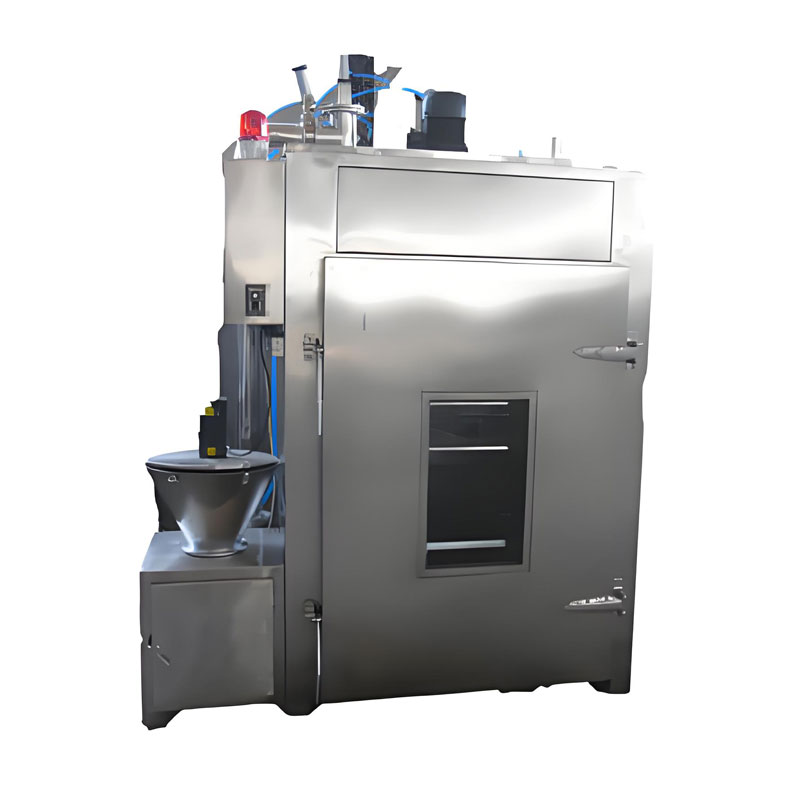
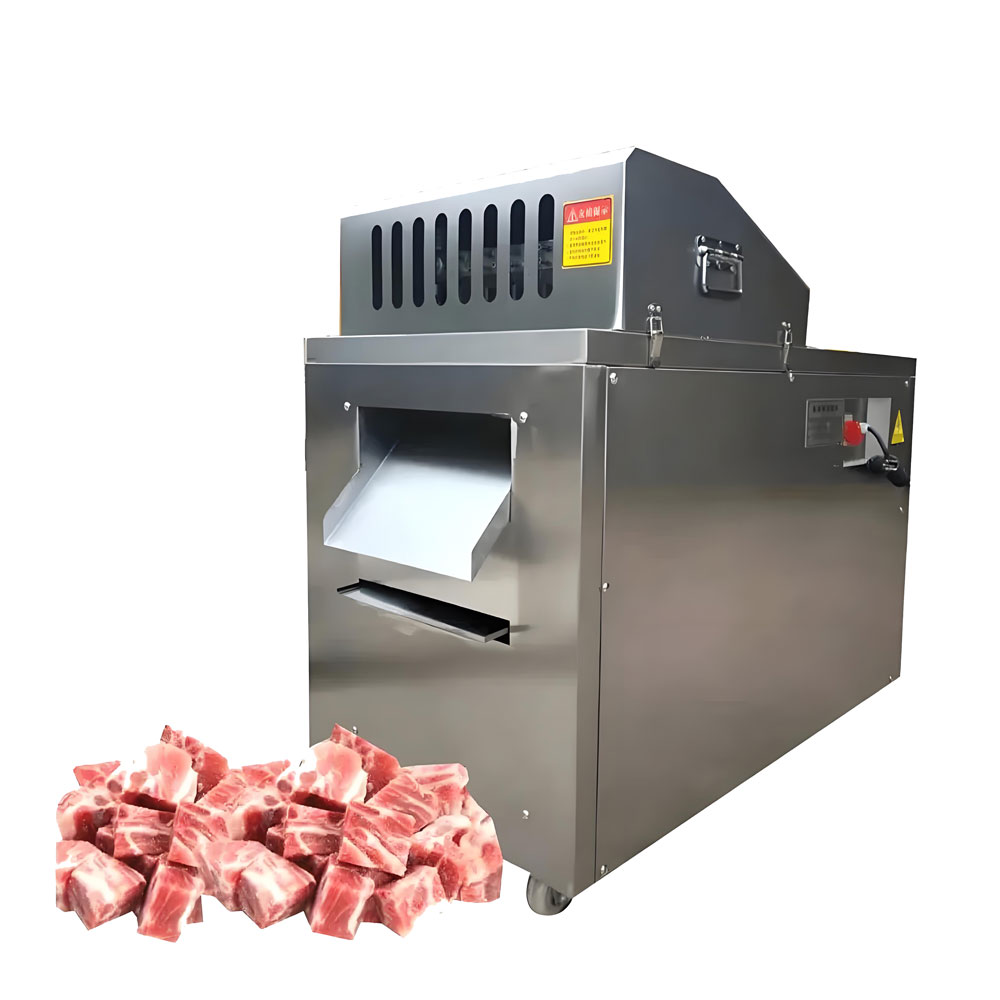
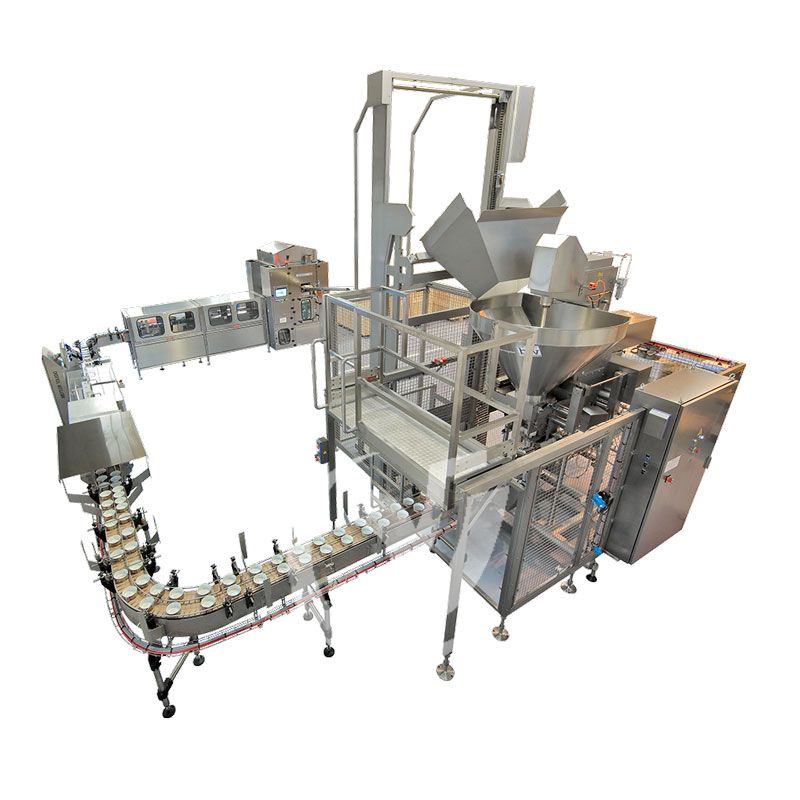


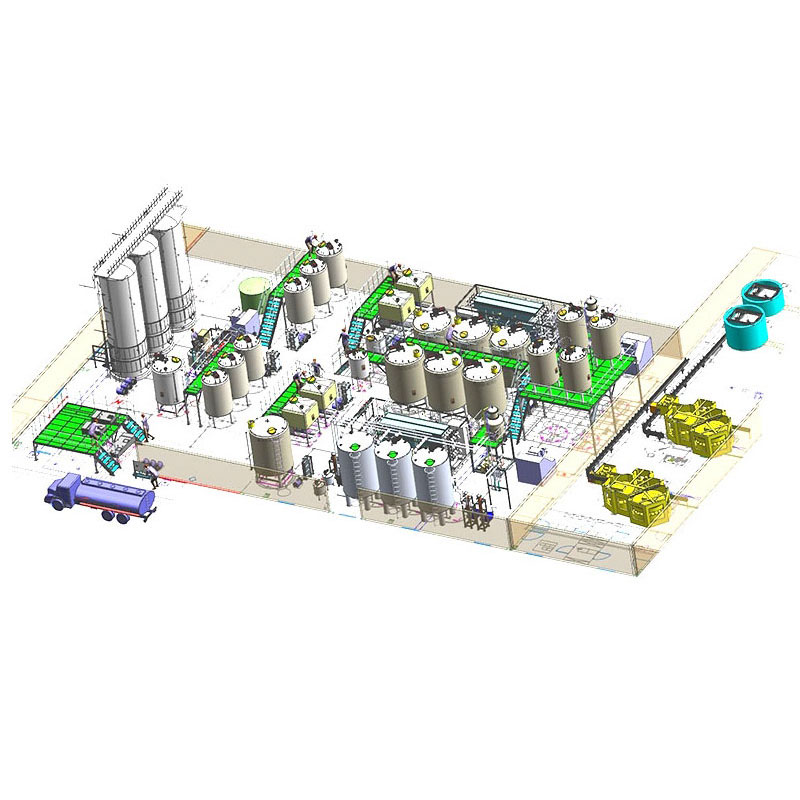

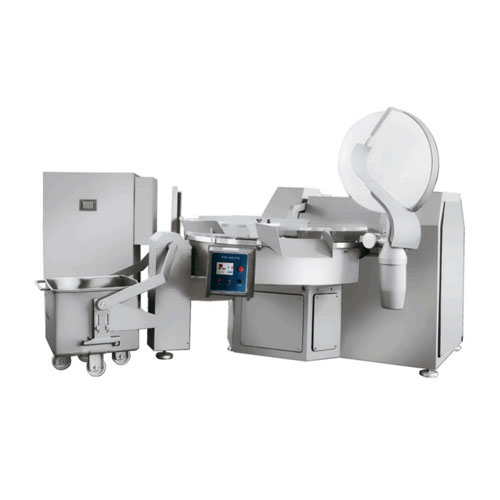
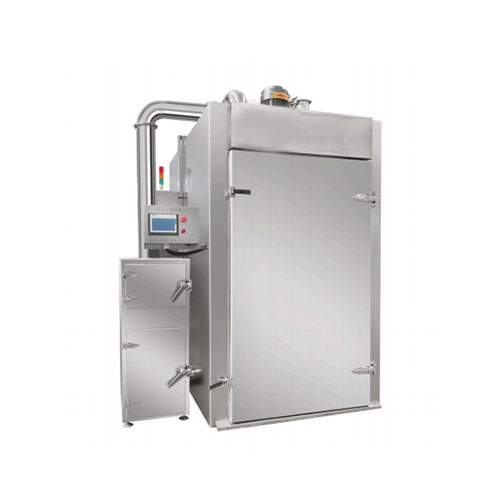
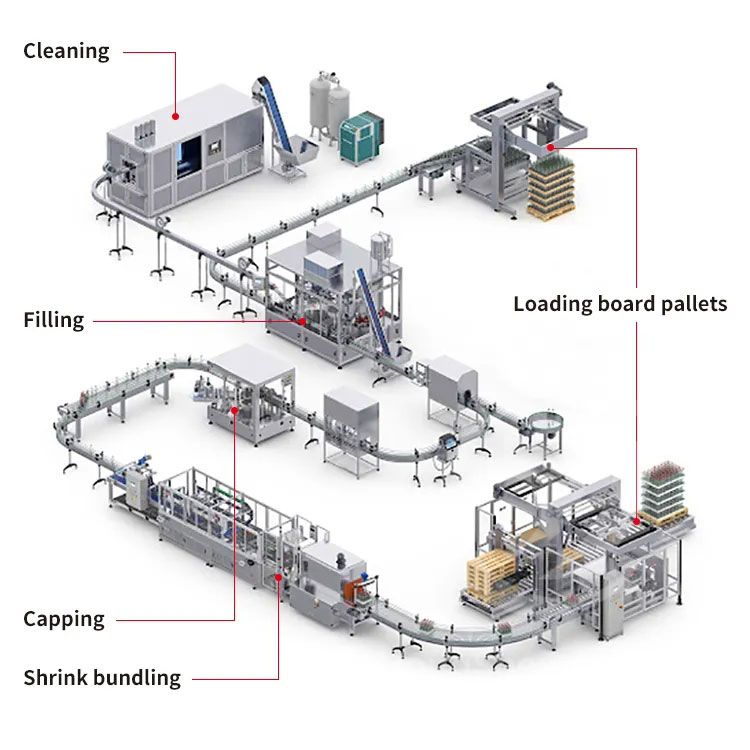 Aseptic Canning Production Line Equipment
Aseptic Canning Production Line Equipment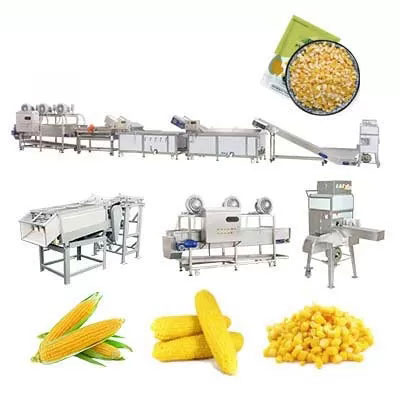 Sweet Corn Canning Production Line
Sweet Corn Canning Production Line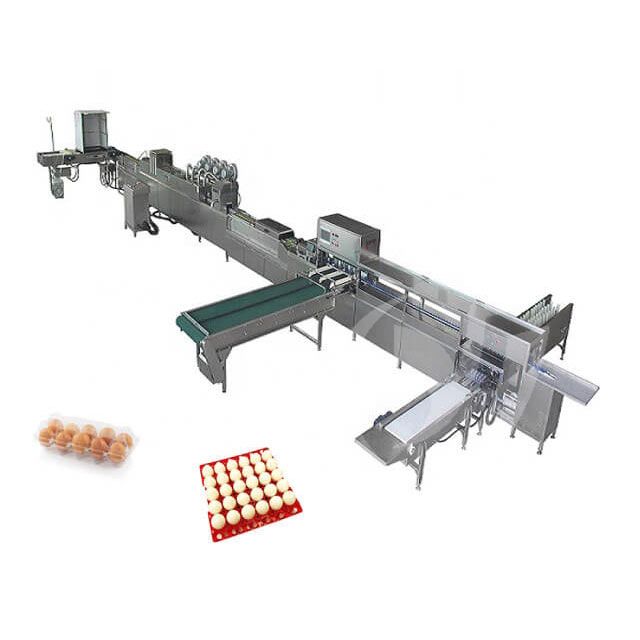 Egg Canning Production Line
Egg Canning Production Line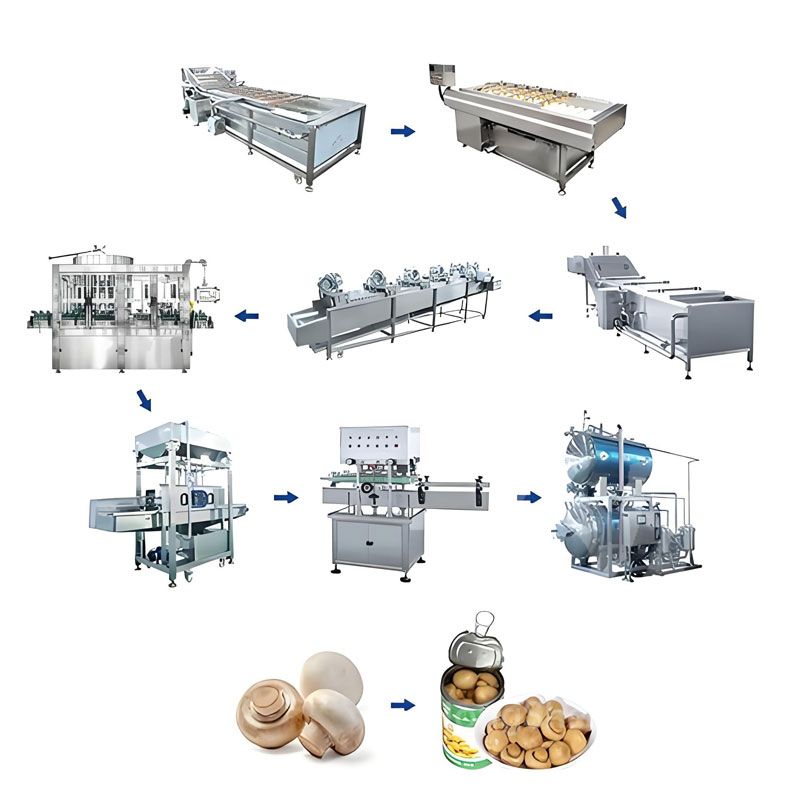 Button Mushroom Canning Production Line
Button Mushroom Canning Production Line
Ready to Get Started?